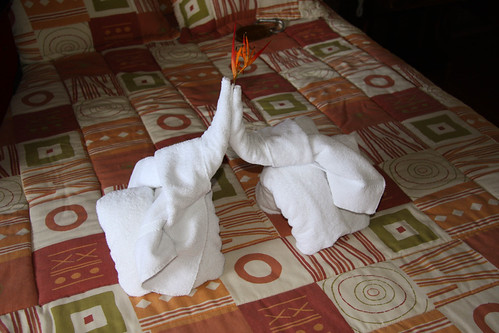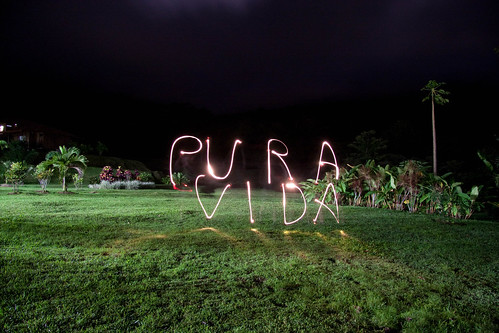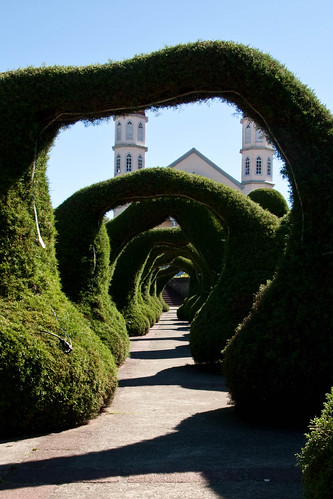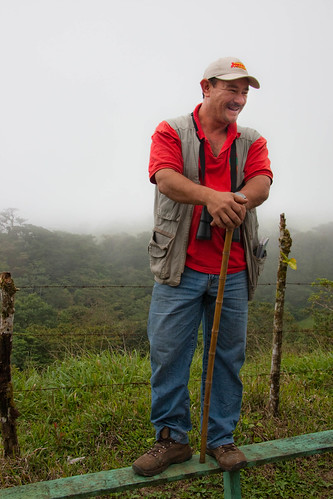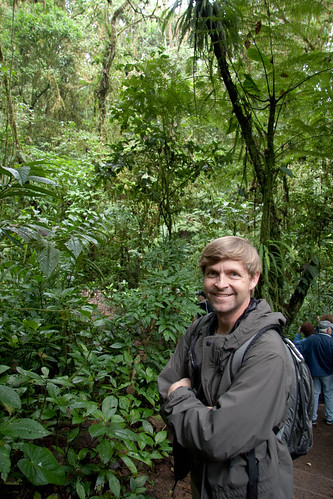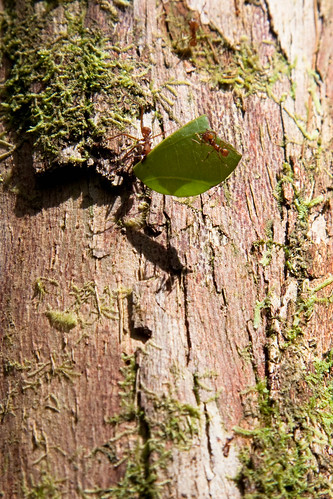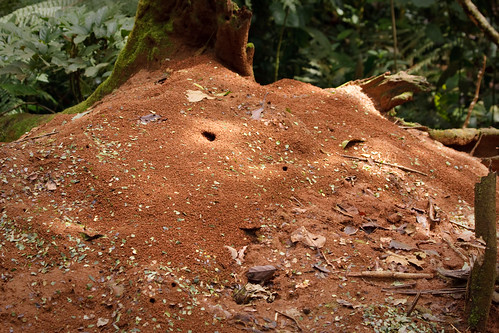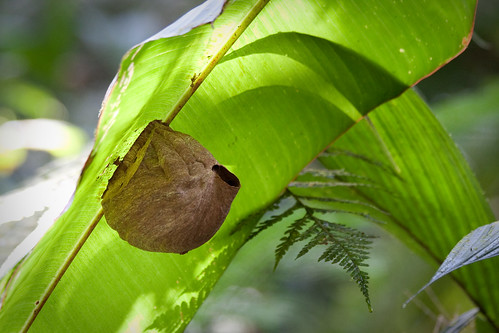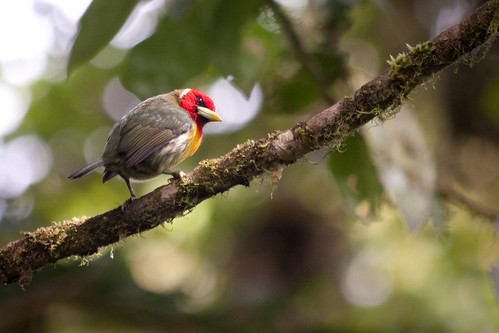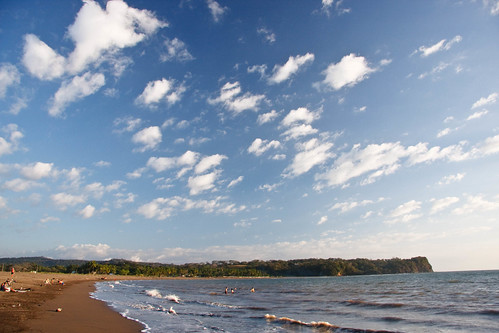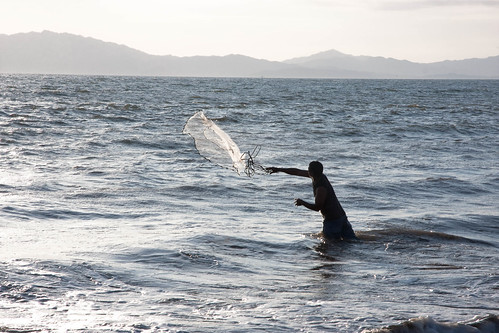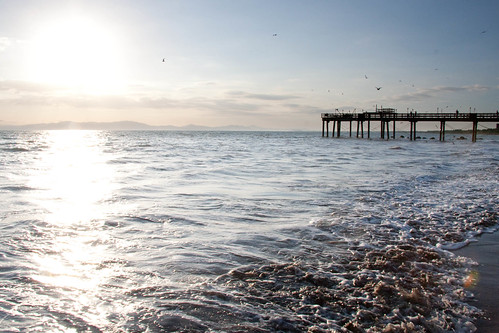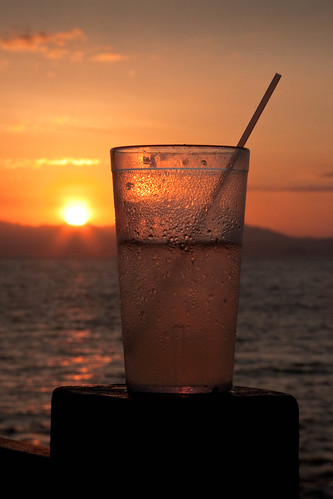The last stop of the day was at the some hot springs. The spot is a popular hangout for locals and tourists alike and is fed by water naturally heated by the volcano. There are a number of pools, and as you go higher up the hill the pools get hotter. We were imaging a spa-like experience of relaxing mineral pools, but instead it was very commercialized with tiled pools featuring loud 80’s rock blasting out over the in-pool bars (“wet bars”, vs. the “dry bar” near the entrance where you can sit at a table). We toured all the pools, spending most of the time in one with waterfalls and in a cooler pool below it. Interesting, but not a highlight of the trip.
Much more interesting were the elephant towels on our bed when we got back to the hotel. Towel animals showed up at a number of our hotels, but the elephants were far and away the coolest. Each one is made of a bath towel for the legs and a hand towel for the head and ears.

